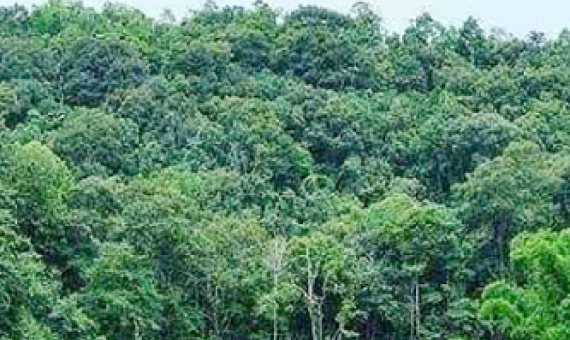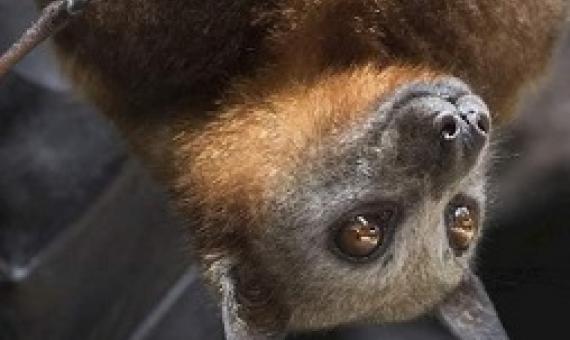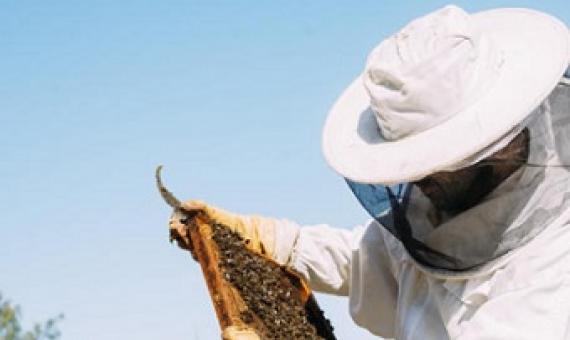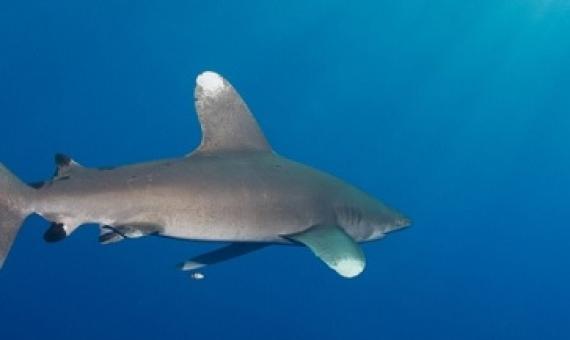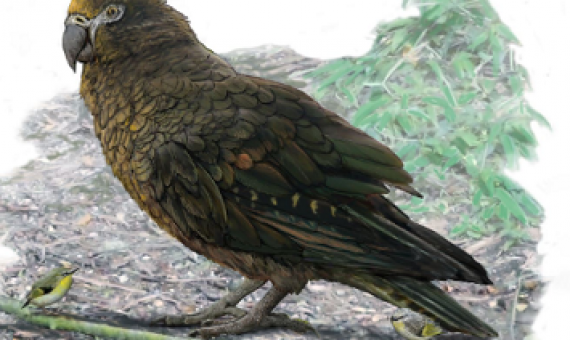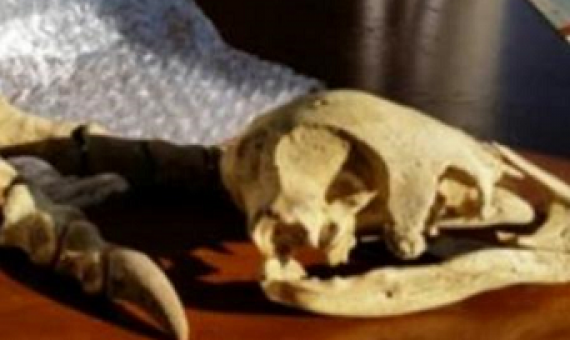Almost a third of the world’s tree species are at risk of extinction, while hundreds are on the brink of being wiped out, according to a new report.
A whopping 191 different bat species live in the Pacific Islands across Micronesia, Melanesia, and Polynesia—but these are, collectively, the most imperiled in the world. In fact, five of the nine bat species that have gone extinct in the last 160 years have come from this region.
Protected areas are now the last strongholds for many imperiled mammal species
The global network of terrestrial protected areas (PAs) has experienced a fourfold expansion since the 1970s. Yet, there is increasing debate around the role of the global PA estate in covering and sustaining threatened species, with serious ramifications for current PA financing and the setting of post-2020 global conservation targets.
Linking Human Destruction of Nature to COVID‑19 Increases Support for Wildlife Conservation Policies
This paper investigates if narratives varying the cause of the COVID-19 pandemic affects pro-wildlife conservation outcomes. In a pre-registered online experiment (N=1081), we randomly allocated subjects to either a control group or to one of three narrative treatment groups, each presenting a different likely cause of the COVID-19 outbreak: an animal cause; an animal and human cause (AHC); and an animal, human or lab cause.
"Climate chaos" has caused widespread losses of bumblebees across continents, according to scientists. A new analysis shows the likelihood of a bee being found in any given place in Europe and North America has declined by a third since the 1970s.
WWF is pushing for the development of a recovery plan for the dangerously depleted population of the oceanic whitetip to prevent the species from going extinct.
As Extinction Rebellion held protests in cities around Australia this week, Guardian journalists tracked down protesters to find out who they were and why they were taking part in acts of civil disobedience.
Australasian palaeontologists have discovered the world's largest parrot, standing up to 1m tall with a massive beak able to crack most food sources.
Security has been beefed up at caves where moa bones are at risk of being pillaged, as the government moves to make it illegal to trade remains of the extinct bird. Link to full article below.
DEEP-SEA DILEMMA
The deep sea — usually defined as the realm below 200 metres — is a world of extremes. Temperatures near the sea bed in many places hover near 0 °C, there is next to no light, and pressures can exceed 1,000 bars, equivalent to having a couple of elephants standing on your big toe. But still life thrives. The deep sea contains a vast array of ecosystems that researchers have barely begun to study. The ocean floor holds vast deposits of ores containing sought-after metals.
